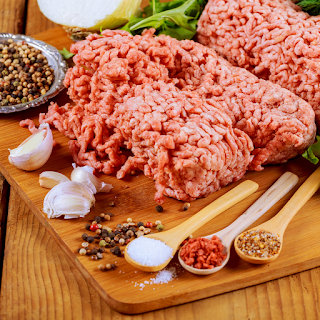The Science Behind Proper Dehydration in Beef Jerky Making
Beef jerky, a beloved snack and protein source, is the result of a fascinating culinary science. At its core, making perfect beef jerky involves the art of proper dehydration. This process not only ensures safety but also preserves flavor and texture.
Water Removal: The Key Principle
The Science of beef jerky hinges on eliminating moisture. Water is a breeding ground for harmful bacteria and molds, so removing it is crucial for both safety and shelf life. Here's the science behind it:
- Bacteria Control: Dehydration reduces the water activity level in the meat to a point where bacteria struggle to survive. This makes the undercooked beef jerky inhospitable to harmful microorganisms like Salmonella and E. coli.
- Flavor Concentration: As moisture evaporates, the flavors in the meat become more concentrated. This results in the rich, intense taste that makes jerky so satisfying.
- Texture Preservation: Proper dehydration maintains the desired chewy texture while inhibiting the growth of spoilage microorganisms. It's a delicate balance that relies on precise control of temperature and airflow.
- Safe Storage: Reduced water content is crucial for extending shelf life. When beef jerky is properly dehydrated and stored in airtight packaging, it can last for months without refrigeration.
Science Meets Technique
Achieving the perfect balance between flavor, texture, and safety in grass fed meat production is a matter of precise control. Here's how it's done:
- Temperature Control: Dehydrate at a low, consistent temperature (usually around 145°F to 160°F or 63°C to 71°C) to ensure the meat dries evenly without becoming overly brittle.
- Airflow Management: Proper ventilation is essential. It ensures that moisture is efficiently carried away, preventing condensation that can lead to spoilage.
- Monitoring: Modern technology has made this process more precise. Using food thermometers and dehydrators with adjustable settings allows for better control over the drying environment.
In conclusion, the science behind proper dehydration in beef jerky making is a fascinating blend of food safety and culinary artistry. By carefully controlling temperature, airflow, and moisture levels, you can transform raw meat into a flavorful, shelf-stable snack that satisfies both your taste buds and your scientific curiosity.




Comments
Post a Comment